Ever wondered if you could print 3D models with sharp angles and without any supports? A group of innovative minds at ZHAW, one of the leading universities of applied sciences in Switzerland, has made this a reality. But this is just the tip of the iceberg – what’s even more exciting is that this pioneering development is not only open-source but also serves an impressive educational purpose.
At the ZHAW, students are introduced to 3D printing as an exciting intersection between technology, design, and practical application. Many students are eager to get their hands on this technology, some even already own a 3D printer at home. The universality of the experience means they can get started easily and quickly, with rapid prototyping offering the best way to see if their digital models function in the physical world. The speed at which they can transition from CAD model to a tangible product is one of the aspects students enjoy the most about this technology.
“I try to teach them to think before they print,” says Michael Wüthrich, Senior Lecturer Product Development for Mechatronical Systems and Mechanics at ZHAW. “Not to design-print-redesign-try-again. I want them to really think about their work, designs, and the possibilities of making a working model on the first try.”
This pedagogical approach encourages students to explore the limits of their creativity while considering the practicalities of their designs. Last year’s task for the students was to design and build a robot that could climb stairs. The result was a series of remarkably cool, functional robots.
The heart of their work, however, was a challenge that took them to new heights—researching methods to print 90° overhangs without any supports.
“Supports are a waste of material,” comments Michael. The solution was the development of a new print head with an additional rotation axis. And guess what? It worked!
This research continued further. The team is now diligently working on an upgrade that enables the aforementioned task with just slight modifications. This 4-axis modification can be found on Printables.com, and it’s available for free.
The ZHAW team relies on Original Prusa 3D printers because of their reliability and smooth operation. In fact, they are looking to acquire even more in the near future.
The work of ZHAW researchers is a great example of how 3D printing is revolutionizing education, and it’s jaw-dropping to see what can be achieved when students, technology, and innovative thinking come together. The notion of 3D printing becoming an integral part of education is exciting indeed!
Moreover, the project’s open-source nature enhances the educational value by making this technology accessible to everyone and allowing other institutions and individuals to learn from and build upon this pioneering work. This is exactly the kind of innovation that everyone hoped for – seeing 3D printers serving as a tool for education, innovation, and progress.
As we continue to witness Original Prusa 3D printers being used in unique, creative, and groundbreaking ways, we look forward to the many more exciting possibilities that the future of 3D printing in education holds.






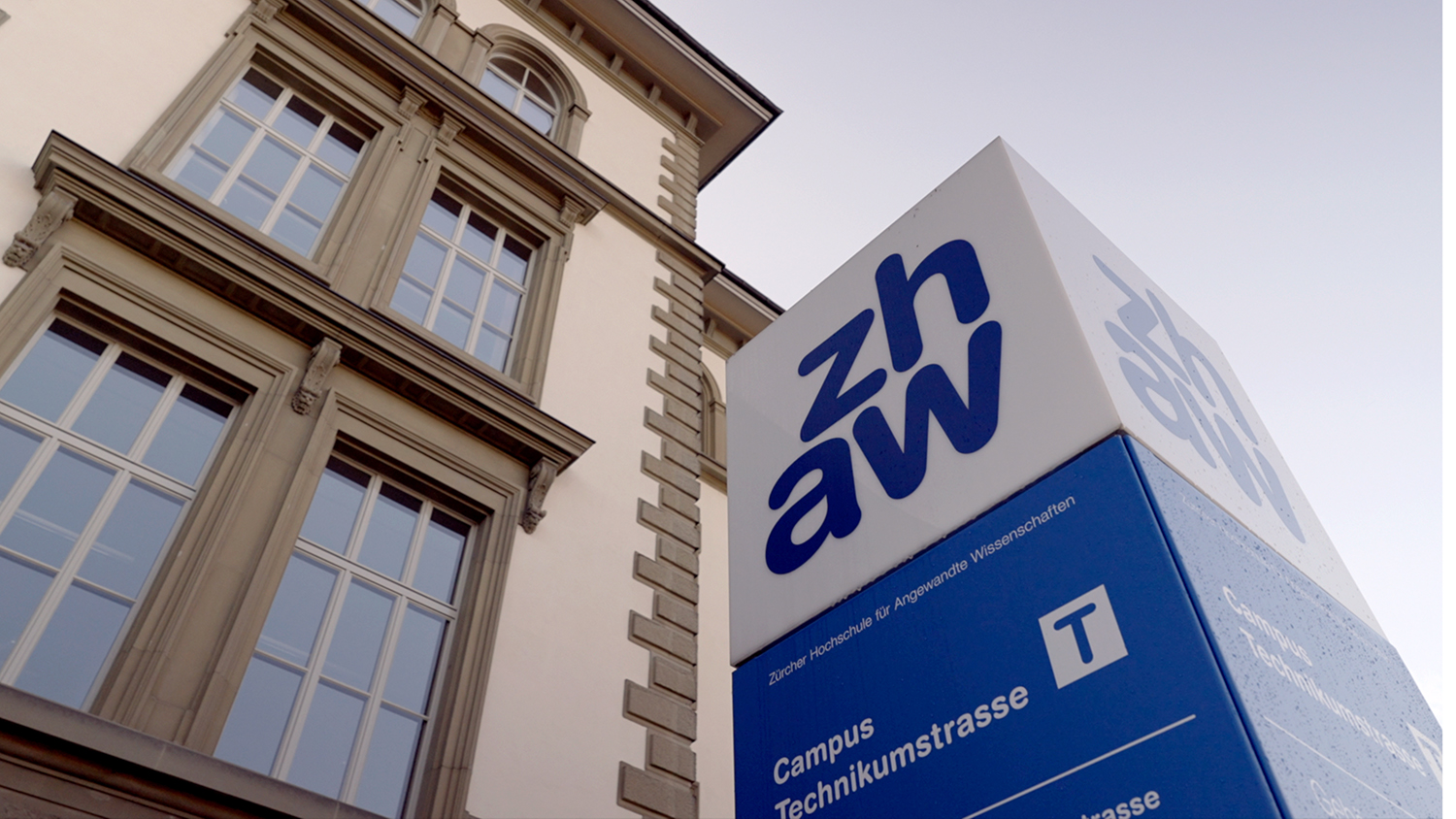
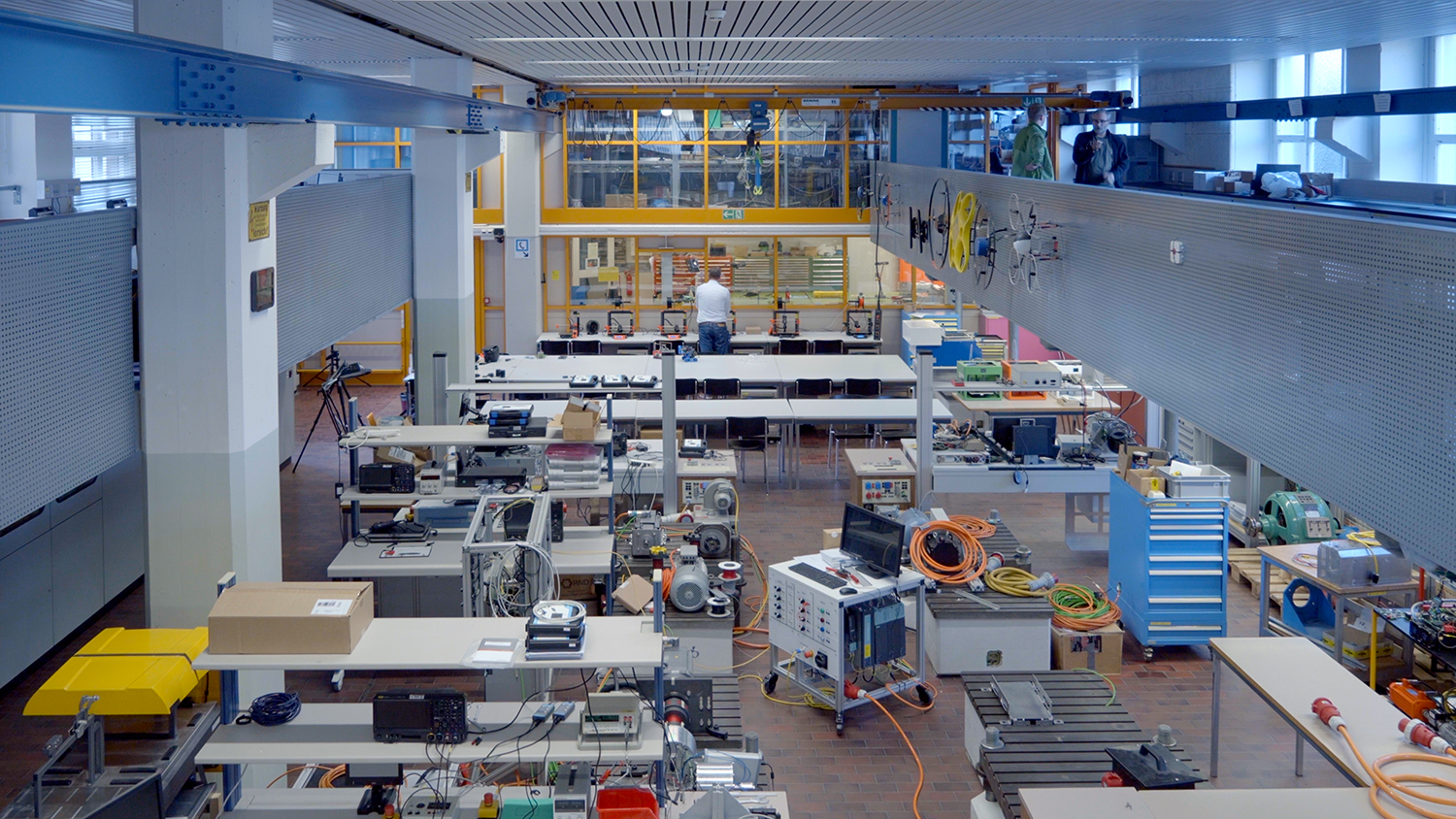
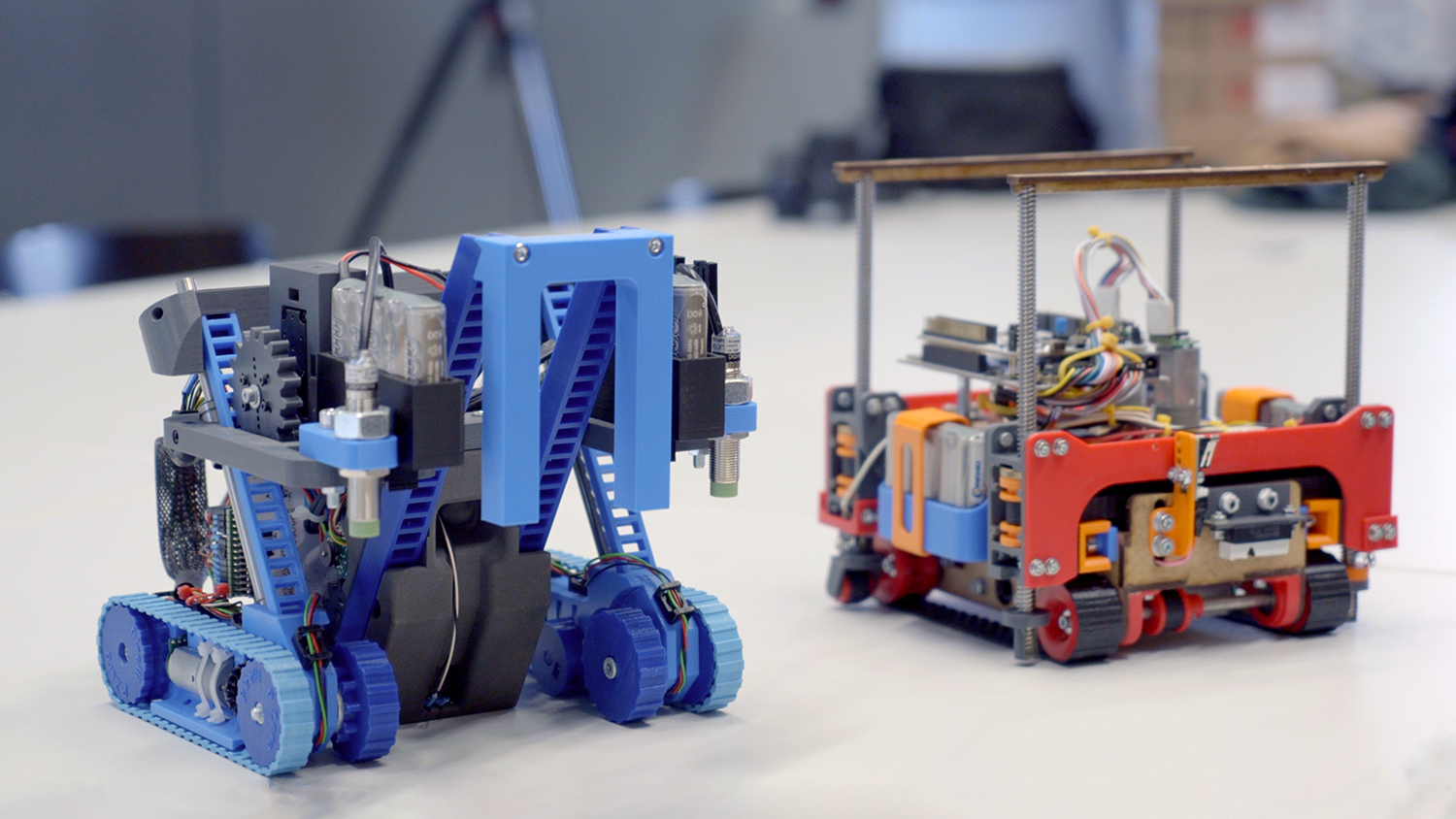
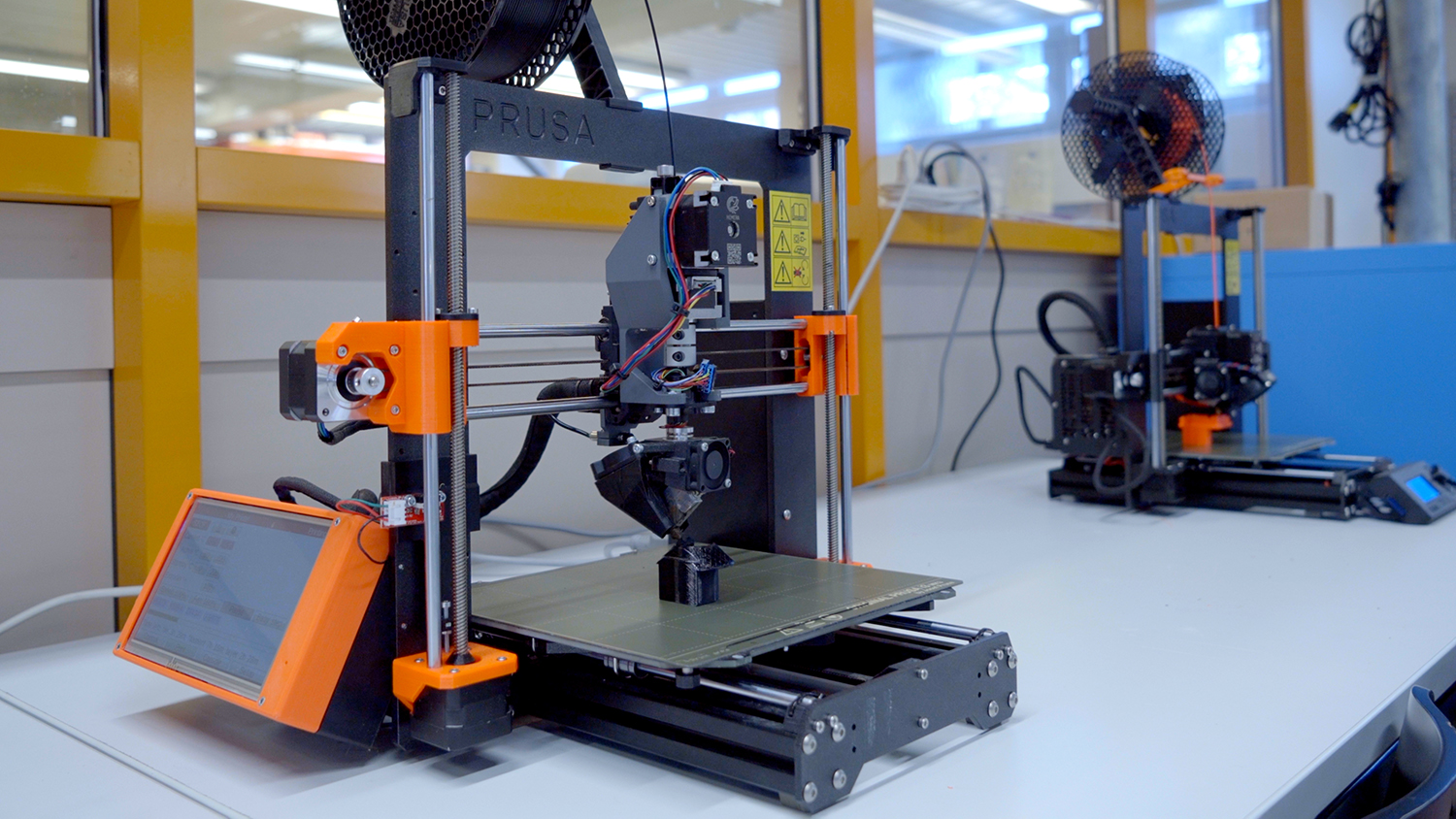
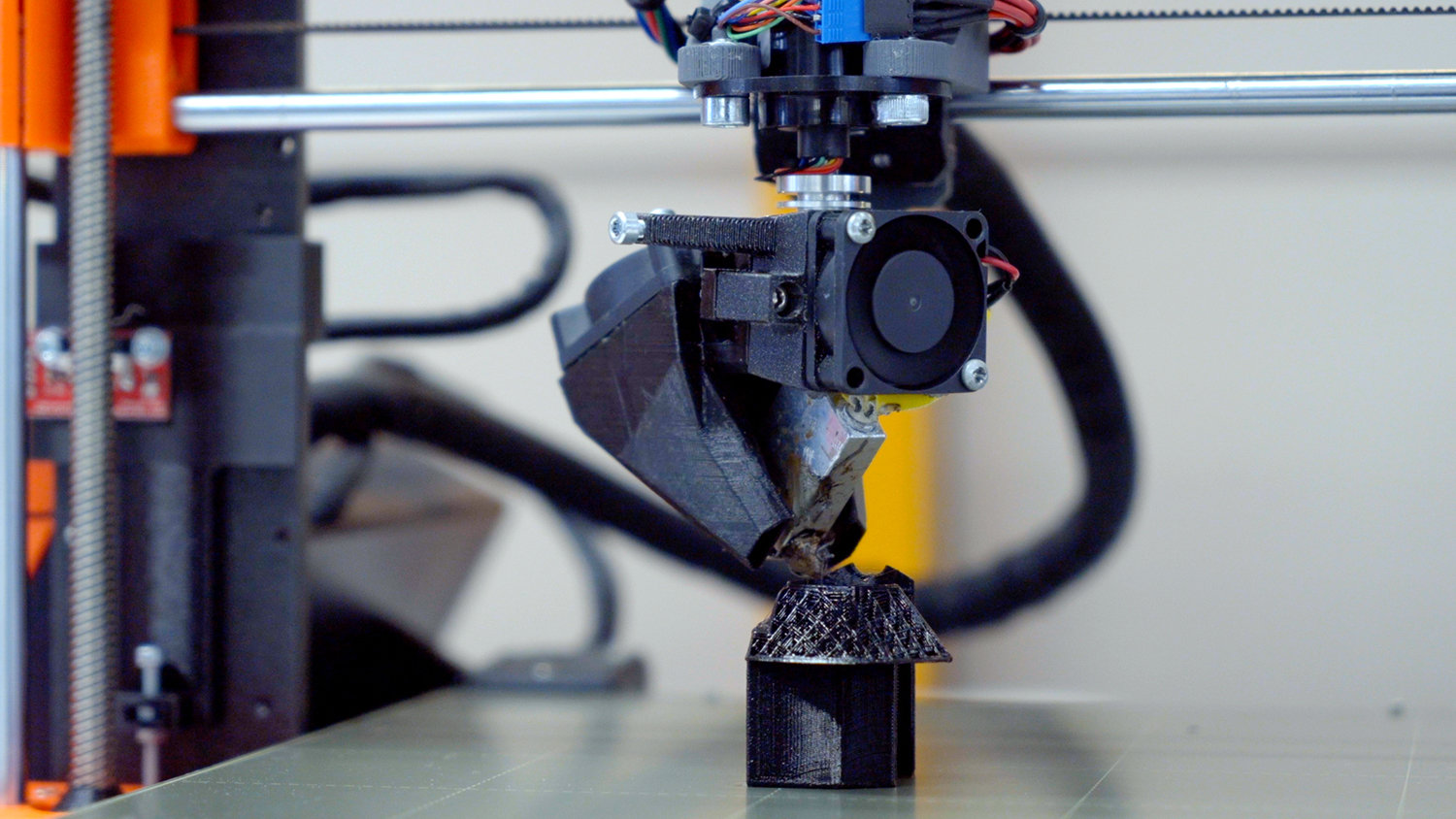
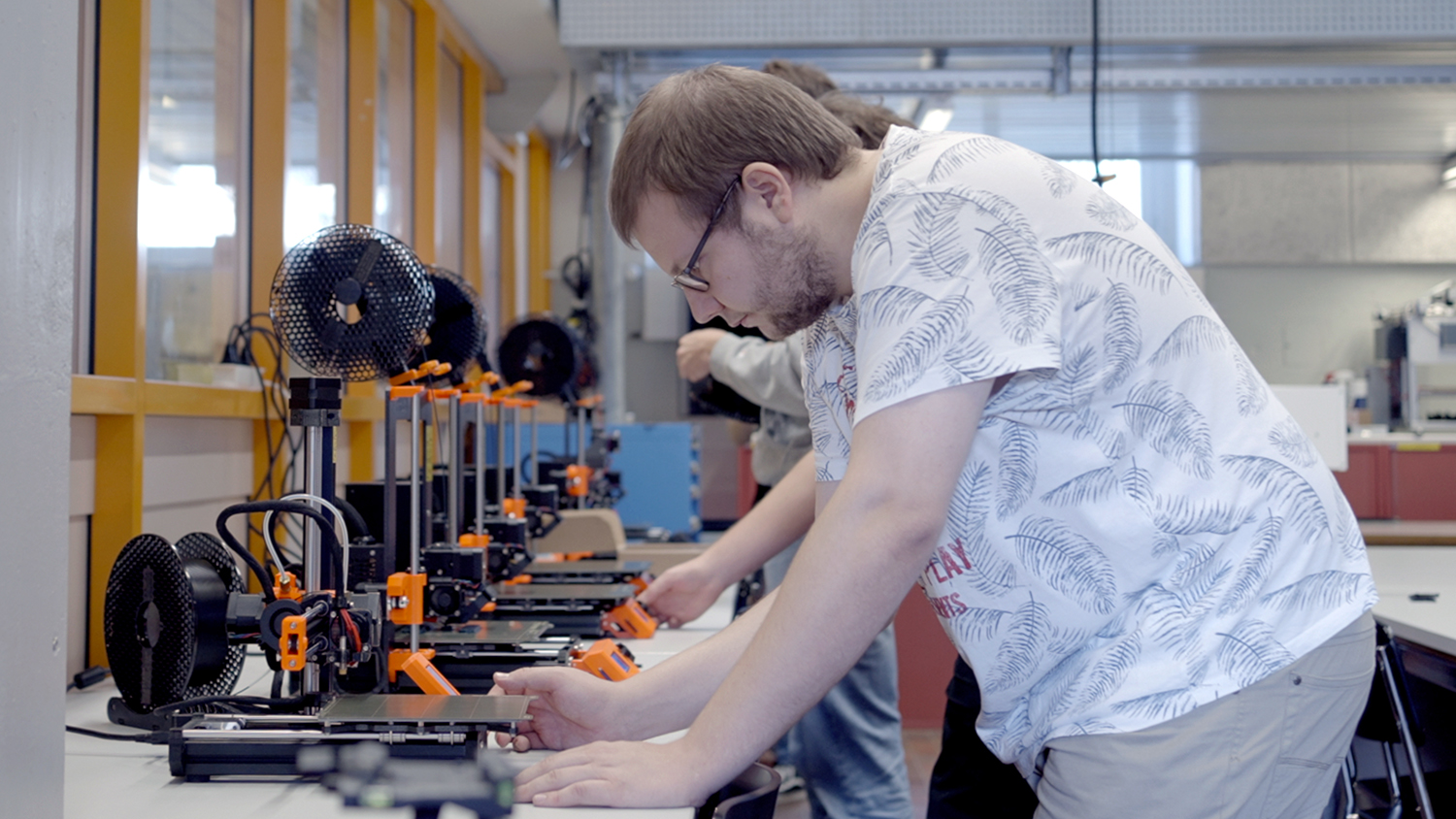
Another idea for a name:
Printreon – It is the 3D print version of Patreon.
Send them a tool changing XL.
I like this idea… 😉
Nice
Hi I found here very Good Information thanks so much for sharing
woh toh hay albela
Hi I found here very Good Information thanks so much for sharing
Sapno Ki Chhalaang
Hi I found here very Good Information thanks so much for sharing
Bekaboo
The power of 3D printing and open-source in education is a revolutionary leap at ZHAW. This innovative approach has the potential to transform various fields, including writing for nurses. By harnessing the capabilities of 3D printing and open-source technologies, educators can provide immersive and interactive learning experiences for nursing students. This advancement enables them to grasp complex concepts more effectively, enhancing their knowledge and practical skills. Embracing this revolutionary leap in education opens up endless possibilities for the future of nursing and healthcare.
Fantastic! I hope this makes it into the next generation of printers!
Link alternatif terbaru NAGABOLA buruan daftar dan rasakan sensasi JackPot tiap hari nya
Players all agree that <a href="https://drift-hunters2.co">Drift Hunters</a> has beautiful graphics. Vehicle details and environments are meticulously designed, creating an engaging and immersive experience.
Extremely go through article. I have never seen such beautiful article. Learn many things from <a href="https://costumejunction.com/gru-costume/">Gru Costume</a>. I hope you continue to have high-quality articles like this to share with everyone
2 years later, where is the "SECRET MODIFICATION" they are developing? I hope they publish it, so we all can enjoy it. 02:20 in the video